KB16 Relating Multi-Gigabit SNR measurements with Channel measurements. - Knowledge Base Article #16
This article shows the relationship of Multi-Gigabit SNR (Signal to Noise Ratio) measurements with Standards compliant CHANNEL Test.
Multi-Gigabit SNR is the overall headroom for data transmission taking into account the combined effects of Insertion Loss, Return Loss, Crosstalk, Delay, Delay Skew, TCL, ELTCTL.
CHANNEL Test measurements give the performance of individual parameters against Test Limits defined in TIA/ISO Standards.

Summary :
Cat6A CHANNEL can support 2.5G/5G/10G over 100m
Cat6 CHANNEL can support 2.5G/5G/10G over 55m.
Cat6 CHANNEL can support 2.5G/5G over 100m
Cat5e CHANNEL can support 2.5G/5G over 100m
AlienCrosstalk effects have not been considered for above MultiGigabit Tests. To account for AlienCrosstalk effects, a second test should be performed simultaneously on an adjacent link at the same speed.
Installations that PASS Cat5e & Cat6 Channel & Permanent Link tests may not be able to operate at desired speeds due to AlienCrosstalk from adjacent Cables in bundles.
SNR displayed in TestPro Mutl-Gigabit tests is the Channel Operating Margin (COM) as defined in IEEE 802.3. A Multi-Gigabit Validation test with 3dB SNR Margin can ascertain that the Network will operate reliably at the specified speed.
- Cat6A Channel Length = 6.4m
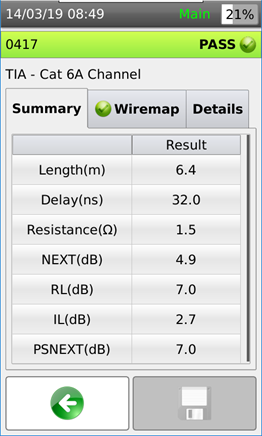

- Cat6A Channel Length = 21.4m

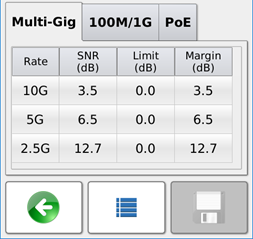
- Cat6A Channel Length = 98.1m
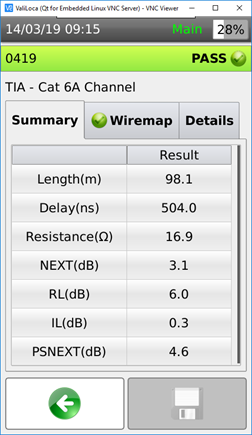
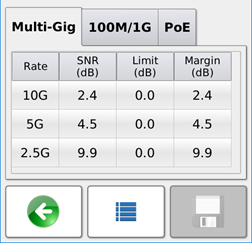
- Cat6A Channel Length = 83.2m
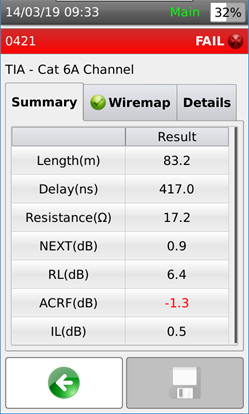
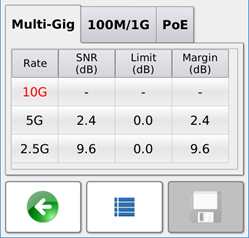
- Cat6 Channel Length = 53.0m
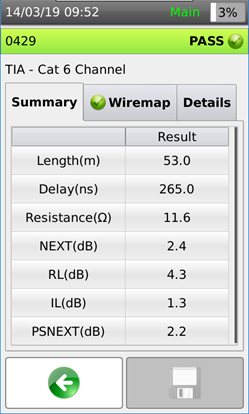
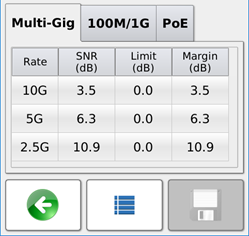
- Cat5e Channel Length = 107.6m

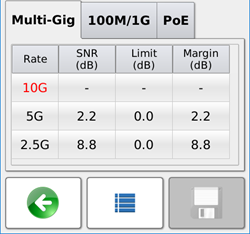
To download the PDF of this Knowledge Base article please click the link below.
KB16 MultiGigabit SNR and Channel Test Margin
